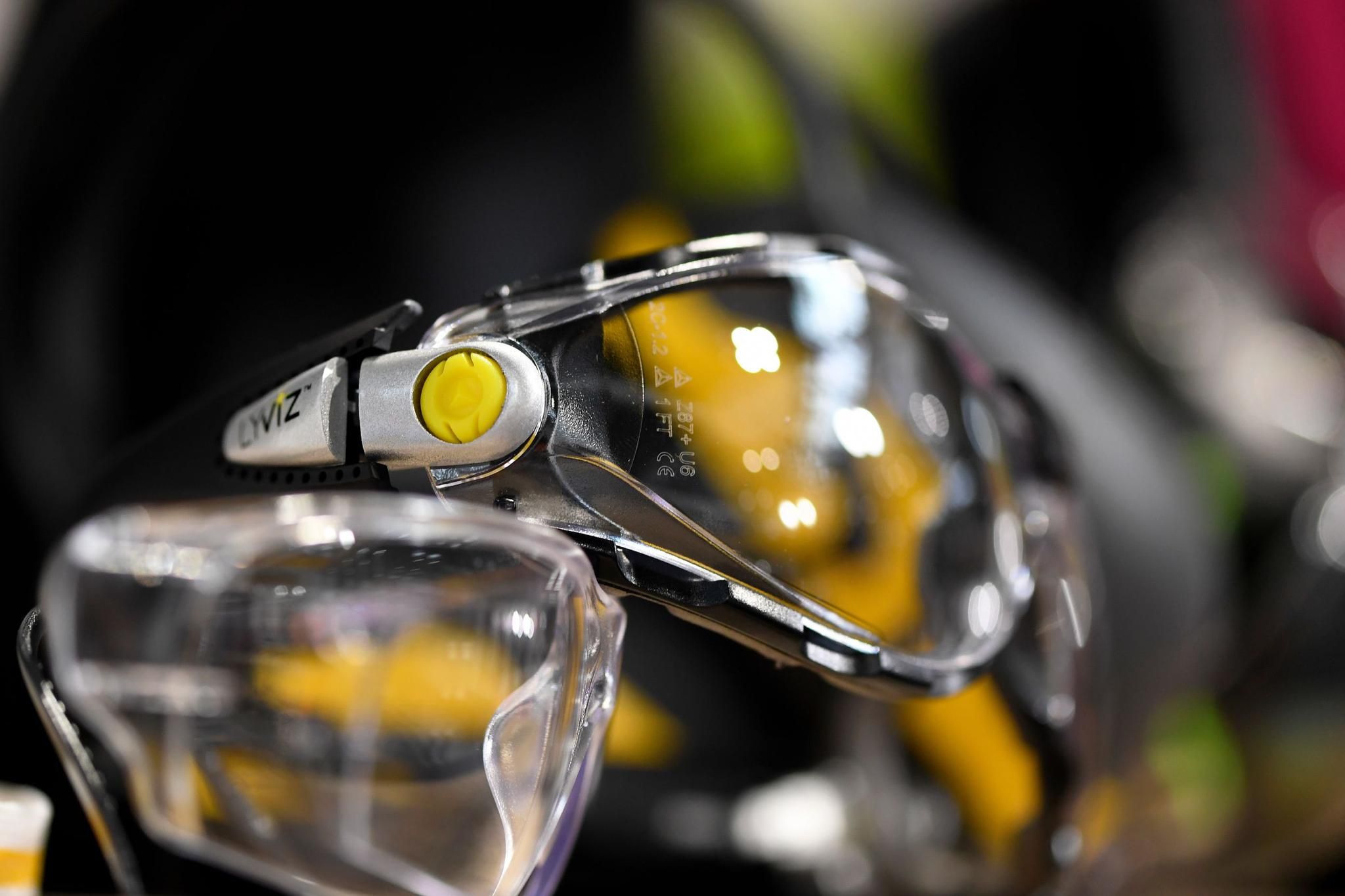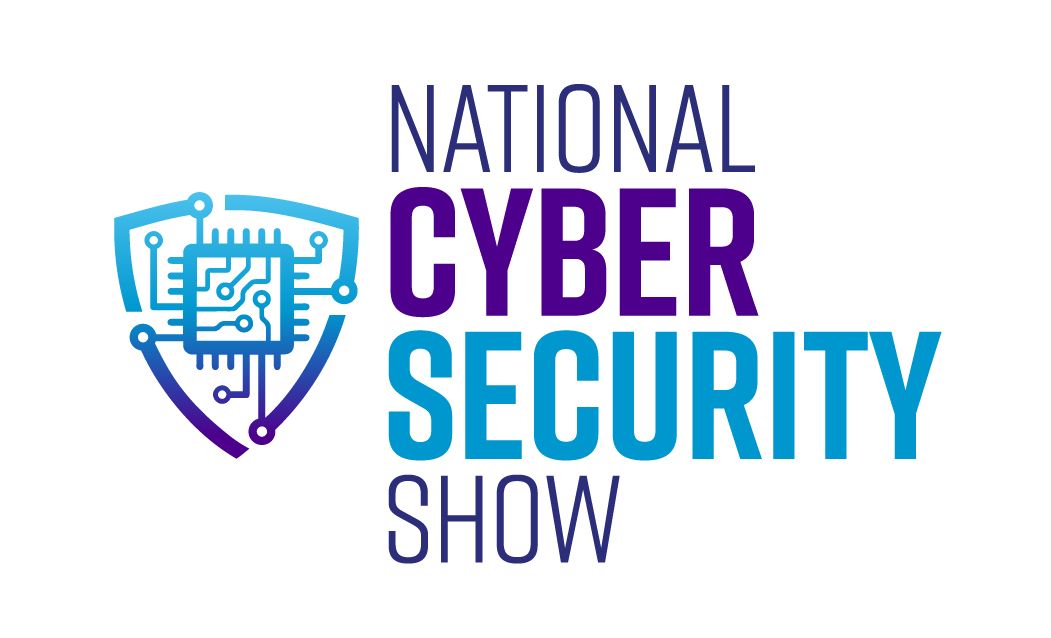Reliance Protect add What3Words to enhance lone worker solutions
)
You would be forgiven for thinking I am writing gibberish, but I’m not. ‘Unable.tides.forest’ describes the exact three by three-metre area at the Reliance Protect office in Bracknell where I am sat writing this piece.
If you’re unfamiliar with what3words, it’s a system that can identify any 3m2 area across the globe with the seemingly random use of three, entirely unrelated words. What3words was developed as an alternative to traditional street addressing systems which aren’t much use if you’re in the middle of a field, or want to identify the precise location of an entrance to a large building, for example.
Planning the service, the developers of what3words reckoned they needed 57 trillion addresses to cover the world, so decided to use three words for each three-metre location on the grid as it allowed them to create 64 trillion addresses – enough to cover the entire world, with quite a few spare.
You can find which three words describe your present location – or a location you plan to visit – by visiting https://what3words.com/. Of course, the (free) service is best used on your smartphone, and an app allows you to not only establish your location anywhere in the world using what3words, but easily share it with friends, family, or anyone who needs to know.
Why am I telling you this? Well, at Reliance Protect we integrated what3words into our lone worker solution a few months ago, at no cost to our users, to provide another means to confirm a user’s location.
We thought closely about its implementation before going live. There are humans involved in this process, which means there is always the possibility of human error. While what3words is designed to be easily spoken (which certainly isn’t the case with the latitude and longitude coordinates you get with GPS and Wifi location technologies we adopt within our devices and apps), there is the risk of mispronunciation or transcribing error when the words are written down. This then could place a user hundreds of miles away from their actual location.
To get around this, our system automates the process so that, if an alarm is activated, our lone worker devices, cameras and apps send a signal confirming the user’s location through coordinates generated via GPS or Wifi, defined in terms of latitude and longitude. These are automatically and accurately translated into the correct what3words location at our end, to provide another means of verifying the user’s location.
Of course, our Alarm Receiving Centre operators have a number of mapping options when working with alarm location information including street views, postal address details, and satellite and hybrid maps. Adding what3words to the location data provides another means to confirm a user’s position and is especially useful in remote locations where street addresses are useless.
This is especially useful if the activation needs to be escalated. What3words is widely adopted by the emergency services, so including this information only aids in speeding up the response.
It’s another example of how Reliance Protect embraces technology that adds value and increases customer safety! For more details on the most established and trusted lone worker protection solutions in the UK, and how we underpin our technology with outstanding levels of service delivery and support, visit: https://www.relianceprotect.co.uk/contact/


.png)
.png)
.png)
.png)
